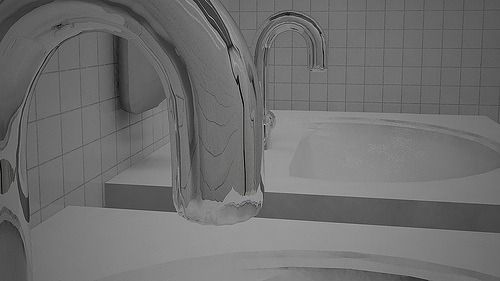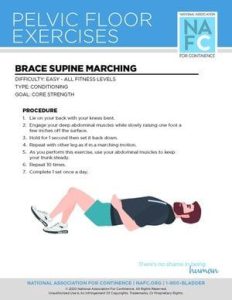Hygiene starts with washing hands, at home and at work

Hygiene starts with hand washing – at home and at work
Humans are surrounded by germs and bacteria. Even in the body, a myriad of microorganisms cavort and help the intestines, stomach and mouth to digest the food eaten. A look into the high-resolution microscope reveals a busy life on our bodies.
This means that we will never achieve the sterility promised by advertising in our four walls. And that’s a good thing,because the body’s own bacteria are necessary. But it applies to hold disease-bringing germs in the rein.
Where do most bacteria lurk?
Germs love moisture. If you take this guiding principle to heart when eliminating germs, you are on the right track. Bacteria do not feel comfortable on the toilet seat or door handle. No, they love the environment of the damp sponge, mop or towel. Since our hands are warm and somewhat moist, they also find ideal conditions here for survival.
It is therefore important
- dry damp cloths, sponges and towels quickly and wash them regularly at 60 degrees in the washing machine,
- wash your hands,
- before eating and preparing food,
- after going to the toilet,
- after hand contact with a sick person,
- and after contact with animals.
Hygiene at home
The chemical mace should be kept well hidden in the back corner of the kitchen cupboard. It can do more harm than good. It pollutes the environment, especially the wastewater, and the wallet. Excessive disinfection can even cause germ resistance to develop.
It is quite enough to heed the above advice on hygiene. For the care of worktops, floors and fittings a neutral cleaner is sufficient, stubborn dirt can be tackled with abrasive cleaners, bright windows are obtained by a splash of lemon or acetic acid in the washing water.
Interesting tips can be found at Health.en on the subject of hygiene in the home.
Hygiene in the workplace
At home, these hygiene measures can be easily implemented. But the situation is more difficult in the workplace. Especially when there is customer traffic, it is important to equip the washrooms accordingly. This prevents illnesses in the workforce.
Unfortunately, there is no regulation on how toilet rooms in non-food handling establishments should look like. Information can be found in the workplace directive (ASR 35/1-4).
If the employer is a hygiene muffler, a discreet reference to suppliers of hygiene utensils can help!
Washrooms in a production facility should be equipped as follows:
- Single-lever faucets at the sink are optimal, which can also be turned off by a nudge with the elbow after washing hands.The non-plus-ultra are water taps with sensor, which work without having to touch them.
- Soap dispensers are better than bars of soap, as the moist environment of soap is a breeding ground for bacteria. Ideal are soap dispensers. Which are equipped with a sensor, so that not every user with unwashed hands pulls the same lever.
- Paper towel dispensers or warm air hand dryers should be preferred. Cloth towel dispensers are only suitable as retractive dispensers, where the used towel is wound up separately from the unused one. Normal towels in the washroom are taboo, as they are an ideal breeding ground for germs.
- In the women’s toilet belong hygiene buckets – best touchless to operate by sensor or foot lever.
- Last but not least: self-cleaning toilet seats.
For the benefit of the staff and to prevent unwanted diseases, the above points should be observed.






